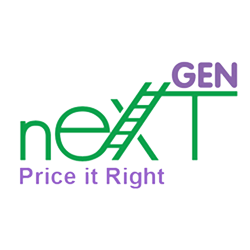The prices charged by stores using NextGen’s pricing system vary significantly. Prices for the same brand and category of apparel, accessory or footwear at some stores can be as much as 2.5 times that of others. The primary reasons: 1) demographics or more specifically client disposable income, and 2) competition. Shops serving well-heeled customers with limited competition from large discounters and resale shops are able to charge higher prices than those located in lesser income markets with nearby competition.
The challenge is finding the right level. While pegging prices to a store’s historic sale prices by brand and category makes for consistency, there is no way of knowing whether these prices could and should be higher or lower, i.e. how much is being left on the table.
Herein lies the NextGen advantage. NextGen’s prices are informed by the pricing/sales experience of stores in high to low demographic and high to low competitive markets across North America. In the case of new stores with no sales history of their own, NextGen sets prices based on the new store’s market demographics and competition. In the case of stores with a pricing/sales history, NextGen analyzes their pricing/sales history relative to the histories of stores in like markets in order to identify pricing potentials. Owners generally opt to move to these prices immediately though sometimes gradually so as not to concern longstanding customers.

